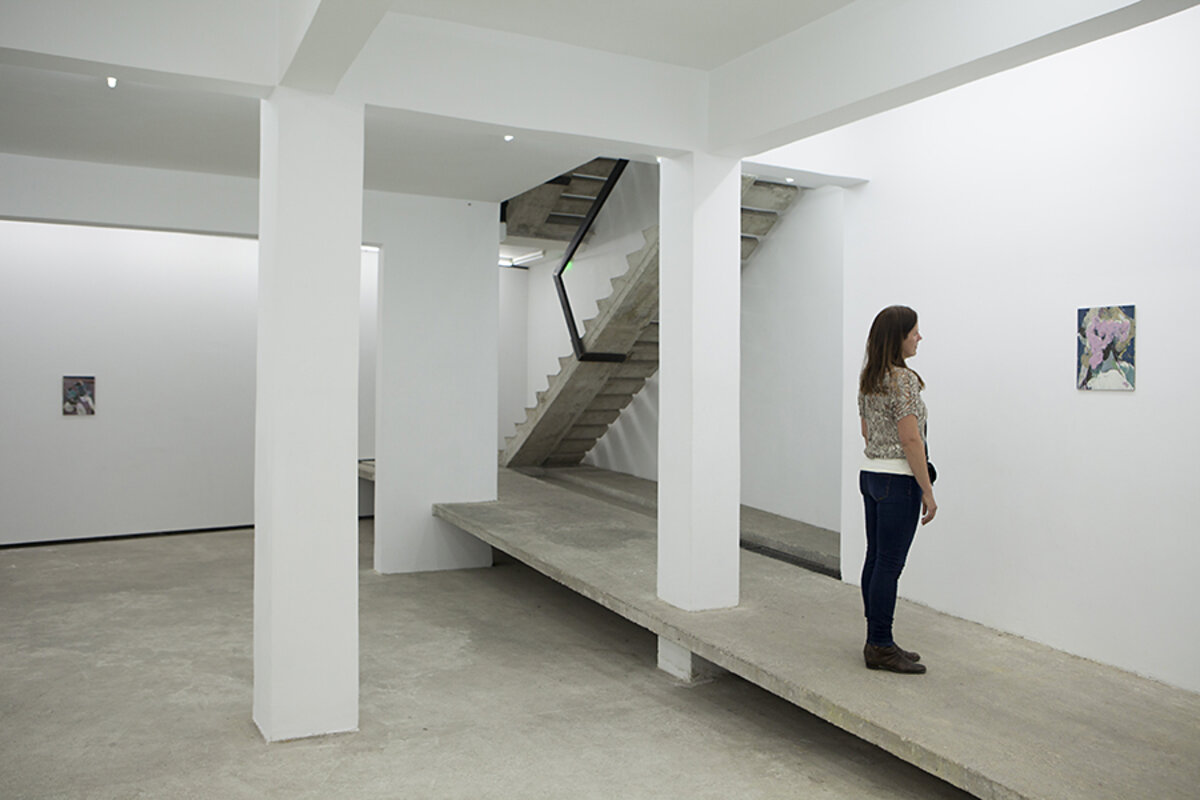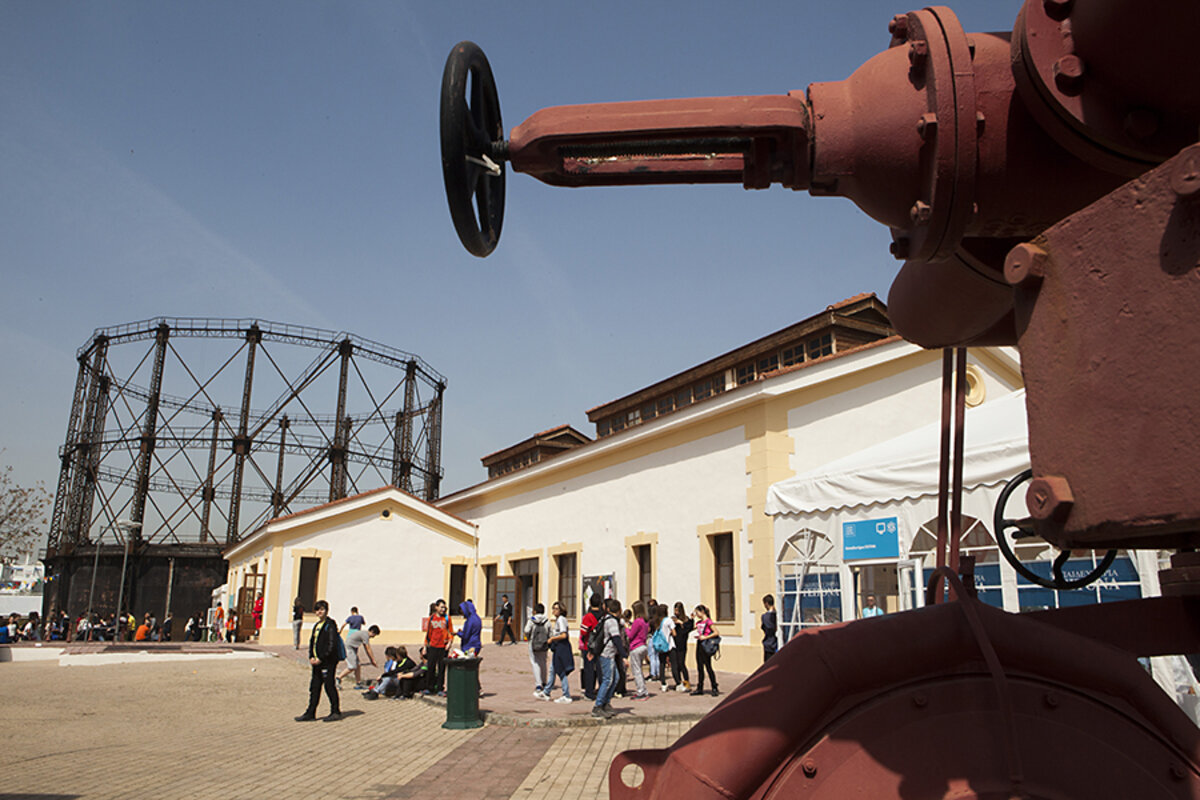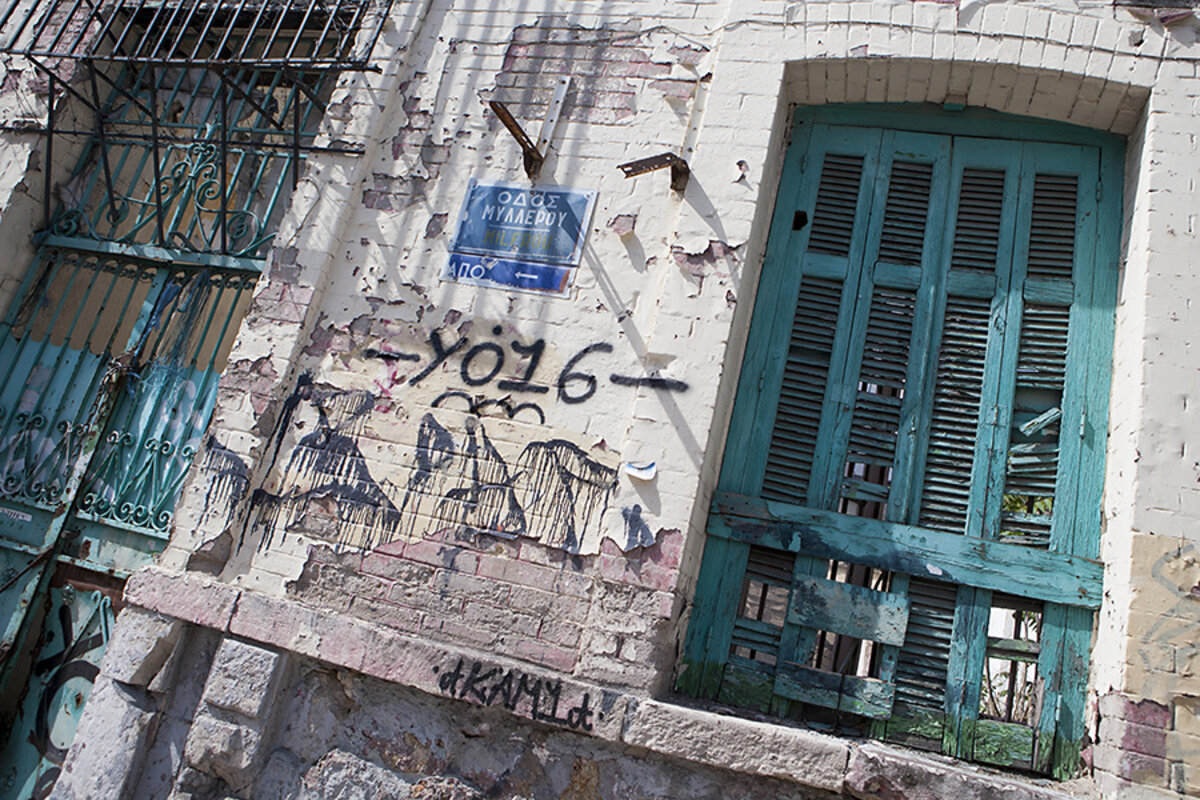Athens finds vibrancy can revive before economy does
Loading...
| Athens
By almost every measure, Athens is a city of deprivation. Rates of homelessness, poverty, bankruptcy – even suicide – have steadily increased across the Greek capital since the country needed its first bailout in 2010.
But as storefronts shuttered and those Greeks who could left for opportunity abroad, Greek architect Haris Biskos returned home. He describes a scene in 2012 of physical deterioration. “You walked around the city and saw total emptiness. Nothing was happening in the public space,” says Mr. Biskos. “As an architect it is nice to have a new challenge, Greece was in that moment.”
Today, he says, from his sunny, central office with dirt-cheap rent: “It’s an exciting time to be in Athens.”
Traces of crisis remain everywhere in Greece’s graffitied, edgy capital. But so are signs of renewal and opportunity, giving some corners of Athens the kind of buzz that Berlin has long claimed for itself.
“A lot of people say this is the new Berlin,” says Biskos, who himself moved to Germany’s capital after getting his degree at Harvard and then settling on a job in Zurich before returning home. “I don’t think so, but definitely more foreigners are moving here. Everyone is here.”
Greek artists who once found themselves in Berlin or New York, for example, are now coming home, says Nadia Gerazouni, the director of the Breeder Gallery, housed in an old ice cream factory in an up-and-coming neighborhood of Athens. “Rent is super cheap, it's easy to find good materials at good prices, and studios are big.”
While the arts have not been spared the austerity the rest of Greece is facing, they were never heavily subsidized by the government, not even in Greece’s halcyon years. So Greece’s teeter with bankruptcy did not bring artists down with the state, says Ms. Gerazouni. Instead, as far as the art itself is concerned, “the fact that there is no market in Greece has been really liberating,” she says.
And that has lent itself a certain buzz, only set to grow in 2017 with the opening in Athens of the art exhibition Documenta – a huge event in the art world.
In the realm of architecture, Biskos says this is not necessarily the era of grand building. There is no money. Instead he has turned his training toward urban renewal. One of his flagship projects was the repurposing of an abandoned Beaux-Arts arcade that he helped turn into an incubator of sorts for new ideas for businesses from 3D printers to designer coasters that map out the stoas, or covered walkways, in the commercial triangle of Athens.
The prerequisite for participating in the municipal project “Traces of Commerce”: those using the space had to, in turn, give lessons in their field back to the community.
This kind of collective action, born out of the economic crisis, has grown again – and gotten more international in flavor – with the refugee crisis. Thousands of foreign volunteers have flocked to Greece to work alongside Greeks to aid migrants, creating the kinds of young, idealistic communities that make cities pulse.
It is not a time to celebrate. Sixty percent of young people are out of a job. But there is also a recalibration that seems to be taking place amid a generation forced to navigate new realities. There is something about being young in Athens that makes it exactly the place to be.
“In Athens we've been through many different emotions over the last six years. But I think people here have reached a point where they are tired of being angry, of despairing, of being stressed,” says Gerazouni. “You have to move forward.”
"At the same time people are going back to good values, like solidarity and collaboration. When you’ve reached the bottom you have to find your way out.”











